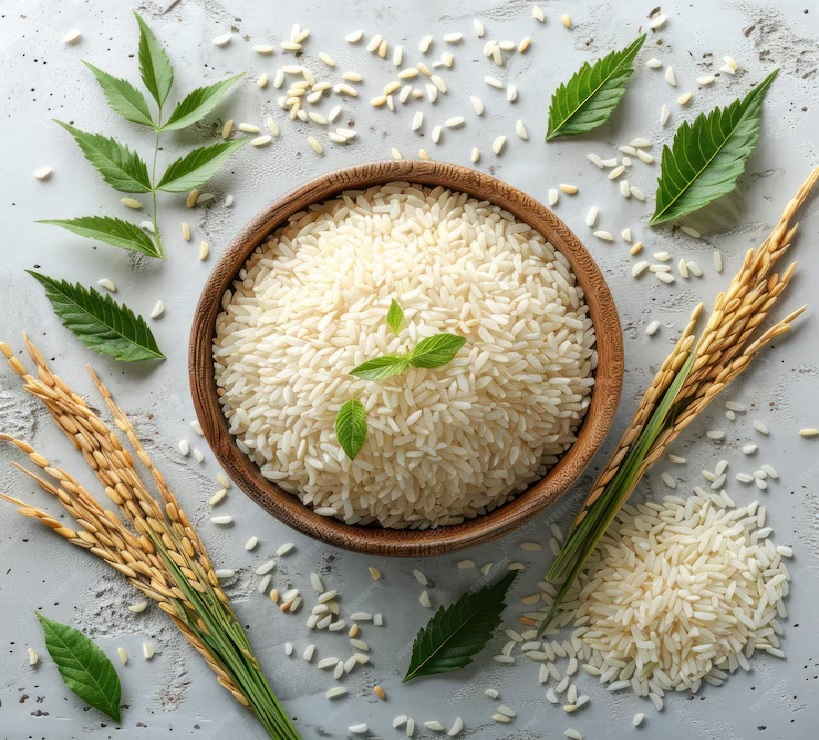The review of the government policy regarding custom milling rice (CMR) is indeed necessary due to the emerging issues related to rice storage, procurement, and quality management.
Key Issues Highlighted:
Excessive Rice Stock and Storage Crisis: The central pool of rice is already overflowing, and warehouse space is limited. With the ongoing purchase of Kharif paddy, there is an urgent risk of inadequate storage capacity, which could compromise the quality of rice. The situation is exacerbated by the fact that when rice millers supply CMR after milling paddy, the pressure on warehouse space intensifies.
Rice Quality Deterioration: As rice is stored for prolonged periods, its quality deteriorates, leading to issues like the one seen in Punjab's rice shipments to various states such as Nagaland, Arunachal Pradesh, Assam, and Karnataka, where the rice was deemed unfit for consumption. Such quality issues are particularly concerning, especially when rice is intended for public distribution systems (PDS) or for vulnerable populations.
Government's Procurement Strategy: Last year's ban on the export of white non-basmati rice, aimed at increasing domestic supply, contributed to the accumulation of rice in warehouses. Despite reducing its rice procurement target by 29 lakh tonnes to 492 lakh tonnes this year, the current stockpile still poses storage challenges, particularly in Punjab, Haryana, and Uttar Pradesh. These states are facing severe congestion in government procurement centers, making it difficult for farmers to sell their paddy.
Impact on Farmers and Millers: Farmers, especially in rice-producing regions like Punjab and Haryana, are encountering challenges in selling their paddy at government procurement centers due to a slowdown in the pace of procurement. This not only creates logistical bottlenecks but also undermines the efficiency of the entire rice procurement process.
Recommended Policy Adjustments:
Extended Time for CMR Delivery: One solution to address the storage crisis is to extend the time frame for supplying custom milled rice. This would allow rice millers to spread out their deliveries and give enough time to store the rice properly, ensuring better quality management and alleviating the immediate pressure on warehouse space.
Warehouse Capacity Expansion: Another critical recommendation is the construction of additional storage facilities or the enhancement of existing ones, particularly in key rice-producing states like Punjab and Haryana. This would provide a buffer for rice storage during peak procurement seasons.
Strategic Export Policies: The government could consider a more flexible approach to rice exports, particularly non-basmati varieties, which may help manage domestic supply and demand without overwhelming storage capacities.
Quality Assurance Mechanisms: Improved quality control measures are essential to ensure that rice stored for extended periods remains fit for consumption. This could involve better packaging, temperature-controlled storage, and regular inspection of rice stocks in government warehouses.
Conclusion:
Given the storage crisis and the quality concerns arising from the government's current approach to rice procurement and CMR, a review of the policy is urgently required. Extending the delivery time for CMR, expanding warehouse capacity, and considering flexible export policies could alleviate the current challenges. Ensuring that rice remains of good quality and is properly stored will be essential for both domestic food security and international trade considerations.

